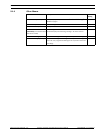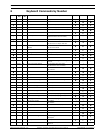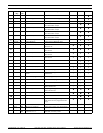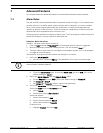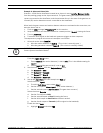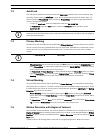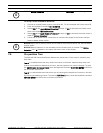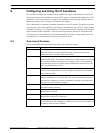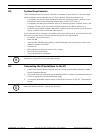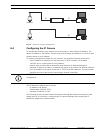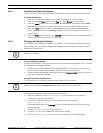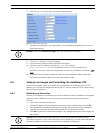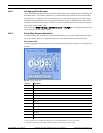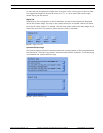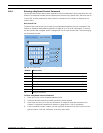
AutoDome Modular Camera System Configuring and Using the IP AutoDome | en 39
Bosch Security Systems, Inc. VG4-200, VG4-300, VG4-500i Series User’s Manual F01U064036 | 1.0 | 2007.01
8 Configuring and Using the IP AutoDome
The VG4-200, VG4-300, and VG4-500i Series AutoDomes can be ordered with an optional IP
module that allows the AutoDome to transmit PTZ control commands and images over a TCP/
IP network. It also allows users to configure the AutoDome camera display settings, camera
operating settings, and to configure the network parameters.
The IP AutoDome incorporates a network video server in the IP module. The primary function
of the server is to encode video and control data for transmission over a TCP/IP network. With
its MPEG-4 encoding, it is ideally suited for IP communication and for remote access to digital
video recorders and multiplexers. The use of existing networks means that integration with
CCTV systems or local networks can be achieved quickly and easily. Video images from a sin-
gle camera can be simultaneously received on several receivers.
8.1 Overview of Features
The IP module adds the following functionality to an AutoDome system:
Function Description
Video encoding The camera uses the MPEG-4 compression standard and ensures that the
data rate remains low even with high image quality and can also be
adapted to local conditions within wide limits.
Dual Streaming Encodes dual data streams simultaneously according to two individually
customized profiles. This feature creates two (2) data streams per camera
that can serve different purposes. For example, one (1) data stream for
local recording and one (1) data stream optimized for transmission over
the Local Area Network (LAN).
Multicast Enables simultaneous, real-time transmission to multiple receivers. The
network must implement the UDP and IGMP V2 protocols as a prerequi-
site for Multicasting.
Configuration You can configure all camera settings from a Web browser on the local
network (Intranet) or on the Internet. You can also update the firmware,
load device configurations, store configuration settings, and copy these
settings from one camera to another.
Snapshots Allows you to take and store individual video frames as JPEG images from
the Web browser interface.
Backup You can save video images as a file on a computer’s hard drive from the
Web browser interface.
Audio Allows you to set the gain level for the audio signal from the Line In 1,
Microphone, and the Line Out ports.
Record Allows you to configure the recording options for the IP module. You can
record video from the Livepage to a hard drive or you can opt to store up
to 8 MB of video on the IP module.



